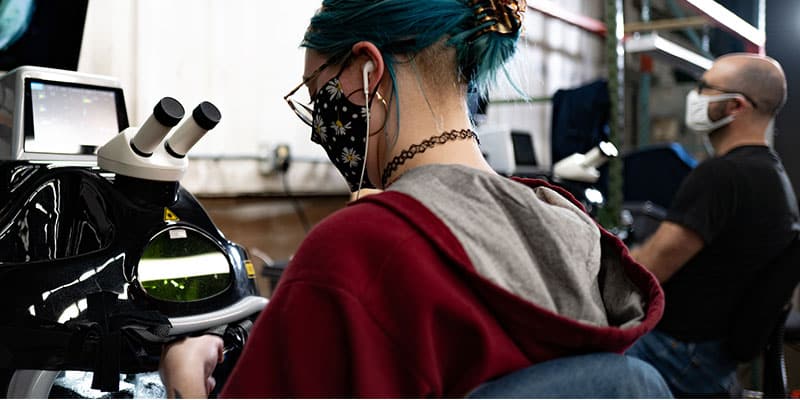Working Principle of Thermocouples
The operating principle of the thermocouple is based on the Peltier effect. The thermocouple circuit consists of two metals joined together to form two junctions of different temperatures. A Peltier emf is generated due to the difference in temperatures of the two junctions of the circuit. The total emf within the circuit can be measured based on the temperature of the junctions and the properties of metals used in the circuit.
A body of unknown temperature is connected to one of the junctions of the circuit, known as the hot junction. Another body, whose temperature is known, is connected to the other junction, known as the cold or reference junction. A voltmeter is connected to the circuit of the thermocouple to directly measure the voltage or current output from the thermocouple circuit.
Benefits of Thermocouples
The key benefits of thermocouples include the following:
- High accuracy
- Fast thermal response
- Robust; can be used under high vibration and in other harsh environments
- Wide operating temperature range
- Low cost
- Highly reliable
Applications of Thermocouples
Some of the major application areas of thermocouples include:
- Testing temperatures associated with process plants such as petroleum refineries and chemical plants
- Low temperature and cryogenic applications in food industry
- Monitoring temperatures of metal in steel, iron and aluminum industries
- Sensing pilot flame in gas appliances
- Acting as a heat pump to perform thermoelectric cooling
- Measuring amount of incident visible or infrared radiation.
See More



